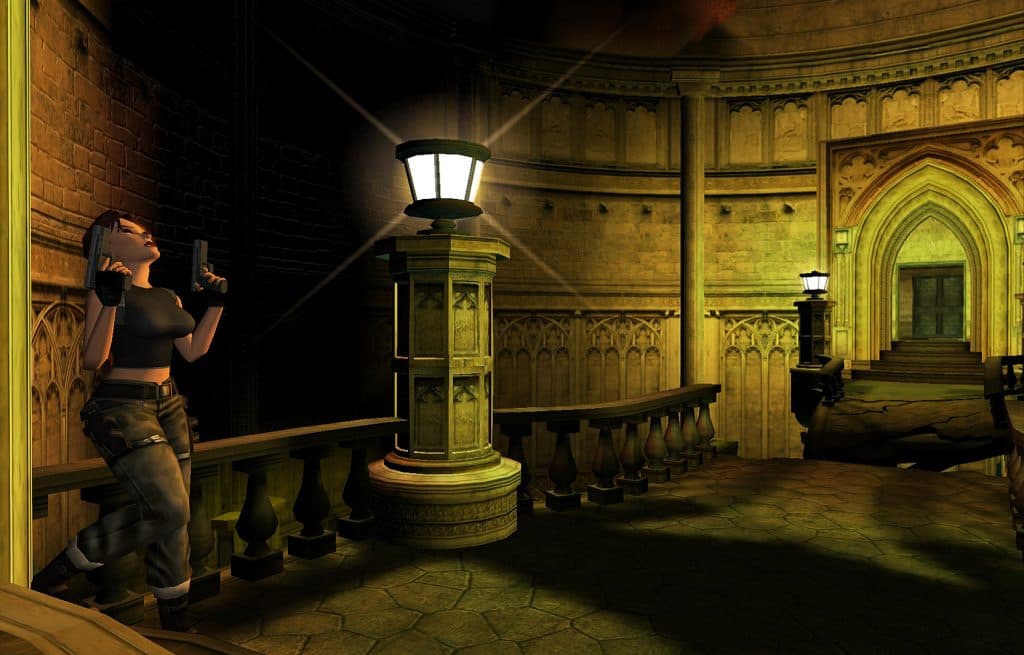The Importance of The Angel of Darkness
Jenni Milward is a long-standing and active member of the Tomb Raider fan community, best known for voicing Lara Croft in a wide variety of fan-made projects, and for her fanfiction, including the widely acclaimed novelisation of Tomb Raider: The Angel of Darkness and its full-length audiobook adaptation.

“Make it the same, but different.”
That was the basic brief given to writer Murti Schofield when he joined Core Design to create Tomb Raider: The Angel of Darkness. It’s a familiar message to all new writers in established franchises. Studio executives, marketers, long-time fans, and the unknowing public all crave more of what they love, but with a fresh, exciting twist.
So how did AoD pull this off, and why was this so important to Lara Croft’s narrative journey?
Until AoD, Lara Croft’s videogaming adventures had followed a very strict pattern, known as the serial or ‘Saturday matinee’. Lara’s personal arc throughout each game was flat: she did not change over the course of the story – she caused changes in the world around her. This is the same type of arc that has been used to great success with characters like James Bond and Indiana Jones (and even Paddington Bear).
From TR1 to TR3 (and the mini-episodes in TR5), every adventure saw Lara embark on a quest to find an artefact (or solve a mystery, or both), and the ending would invariably have her triumph – however narrowly – and ride off into the sunset to start the same ball rolling all over again the next day.
Then The Last Revelation came along, and everything changed.

TLR did not end in triumph, but disaster: a quite-literal cliffhanger with Lara missing, presumed dead. After an as-then unexplained interlude, the start of AoD introduced us to a very different Lara to the one we knew. She was bitter. Reclusive. Cynical. In short, Schofield chose to begin Lara Croft’s new adventure by showing us she was wounded by her near-death experience in Egypt. Screenwriting legend John Truby refers to such wounds as ‘ghosts’: a thing that hurt the character in the past, but which is still haunting them now. For the first time, a Tomb Raider game gave us the seeds of a positive arc. This Lara had wants (external goals) and needs (flaws that were hurting her and/or those around her) that were very different from simply finding a lost artefact or fending off rivals.
This is the genius behind ‘make it the same, but different’. Schofield took a familiar character and put her in a situation where all her usual resources had been stripped away, where she needed to work with people instead of by herself, and where she was simultaneously struggling against powerful present-day foes and the wounds of her own past. We met a Lara who could be vulnerable, who was forced to learn new ways of solving problems without any of her previous assets to hand – all elements that previous games, with their use of the flat-arc structure, could not allow.
This is why AoD is so important. In AoD, Lara had the potential to break free of the flat-arc pattern laid out by the first three beloved, but narratively repetitive, games. To grow, we must have our fundamental beliefs and behaviours challenged by internal and external forces. The same is true of characters in stories. The Angel of Darkness remains proof that even well-established, flat-arc characters can embark upon a different type of story arc, both remaining true to their roots and evolving at the same time.